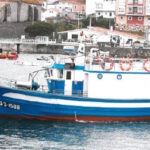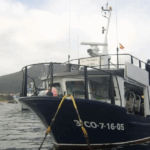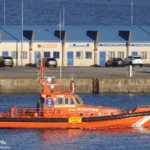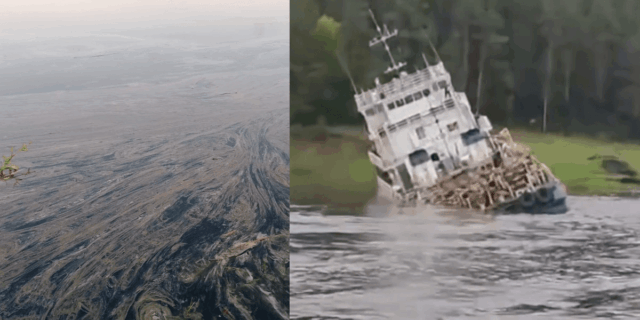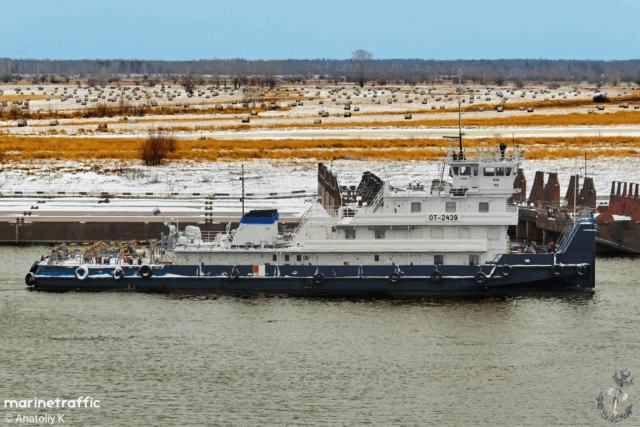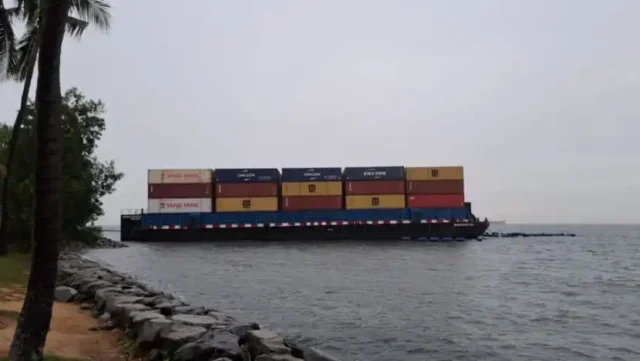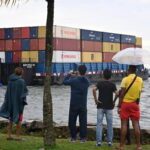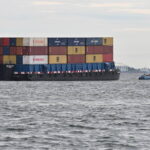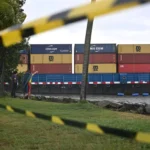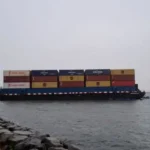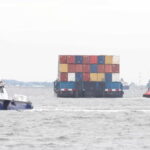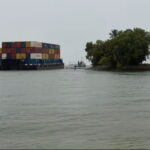María Cristina
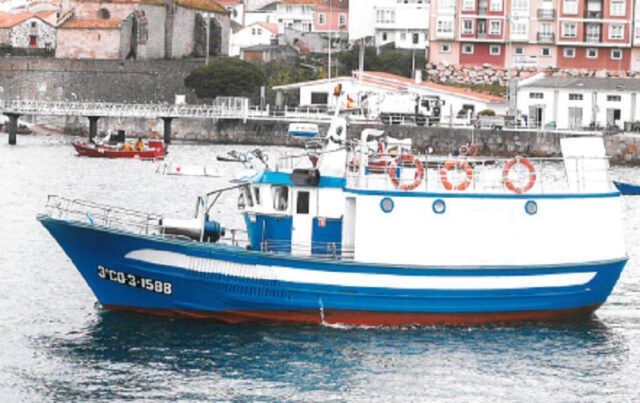
On June 10, the fishing vessel María Cristina ran aground in the Atlantic Ocean near Cabo Vilán, Spain. The Salvamento Marítimo reports the two crew on board the María Cristina were rescued by the 10 meter long fishing vessel A Fervenza (MMSI: 224329790) which is proceeding to Camariñas for medical observation. Spanish authorities have dispatched the 21 meter long search and rescue vessel Salvamar Altair (MMSI: 224013350) to inspect the incident site. No further details reported.
